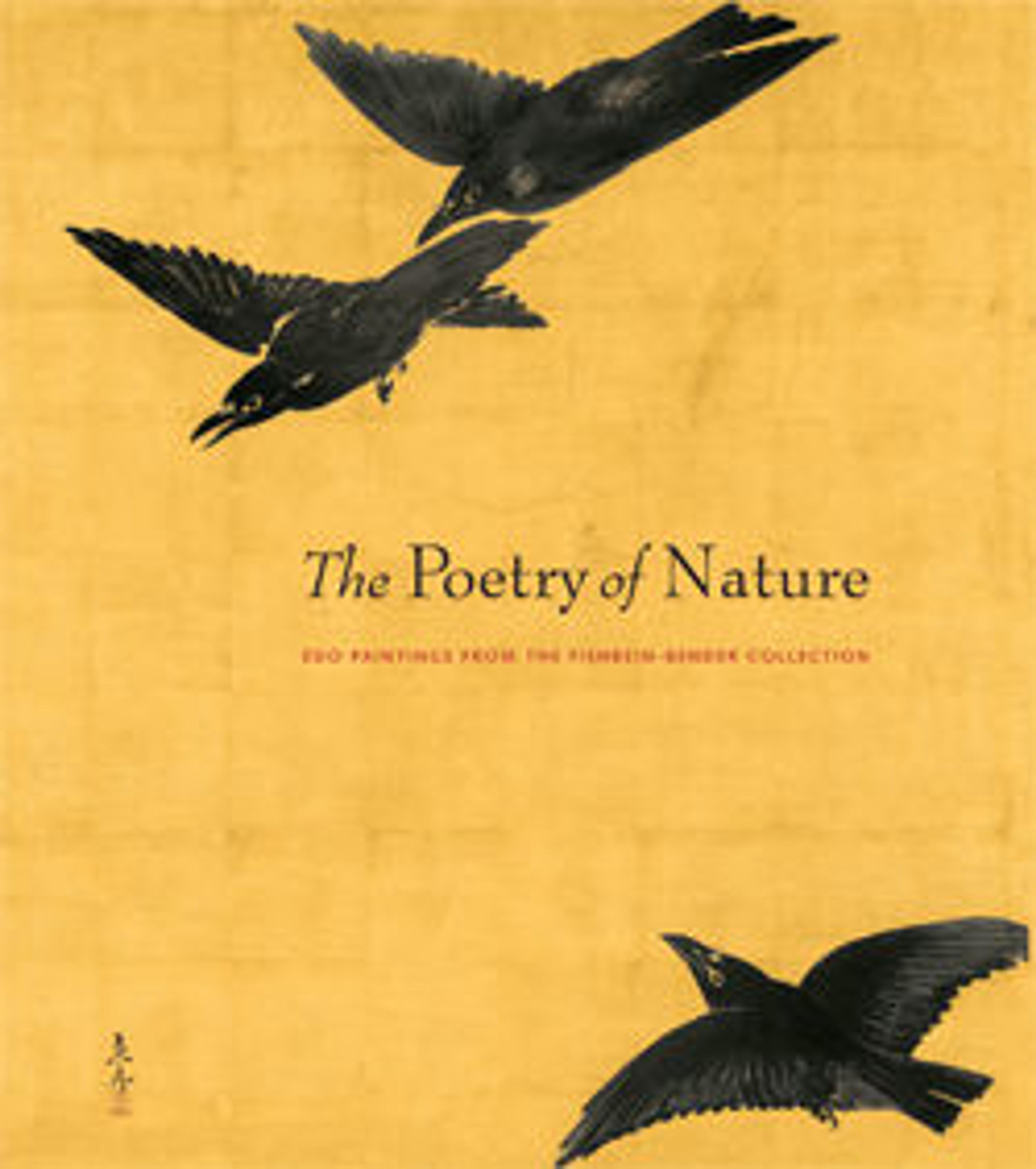Cranes
This striking diptych of hanging scrolls depicts three Japanese red-crowned cranes (tanchōzuru), with no further landscape setting. With the exception of the signature patch of crimson skin on the crown of the head—painted in brilliant red and adding a vivifying touch—the cranes are rendered entirely in ink. Their poses vary, their bodies delineated through a combination of bold outlining, unpainted space, and gray wash. Nagasawa Rosetsu’s steady hand with the brush is clear, notably in the birds’ sticklike legs, juxtaposed with the ink washes at the ends of their dark feathers. The feet are also carefully placed, as Rosetsu’s mentor Maruyama Ōkyo was known to do in his own paintings of birds. The overall effect is one of surprise and humor, as if we happened upon the birds and caught them posing for the artist—or for us.
Artwork Details
- 鶴図
- Title: Cranes
- Artist: Nagasawa Rosetsu 長澤蘆雪 (Japanese, 1754–1799)
- Period: Edo period (1615–1868)
- Date: late 1780s
- Culture: Japan
- Medium: Pair of hanging scrolls; ink and color on paper
- Dimensions: Image (each scroll): 61 7/16 x 35 7/8 in. (156 x 91.2 cm)
Overall with mounting (each scroll): 84 x 36 3/4 in. (213.4 x 93.3 cm)
Overall with knobs (each scroll): 84 x 39 1/4 in. (213.4 x 99.7 cm) - Classification: Paintings
- Credit Line: Fishbein-Bender Collection, Gift of T. Richard Fishbein and Estelle P. Bender, 2011
- Object Number: 2011.572.2a, b
- Curatorial Department: Asian Art
More Artwork
Research Resources
The Met provides unparalleled resources for research and welcomes an international community of students and scholars. The Met's Open Access API is where creators and researchers can connect to the The Met collection. Open Access data and public domain images are available for unrestricted commercial and noncommercial use without permission or fee.
To request images under copyright and other restrictions, please use this Image Request form.
Feedback
We continue to research and examine historical and cultural context for objects in The Met collection. If you have comments or questions about this object record, please contact us using the form below. The Museum looks forward to receiving your comments.
